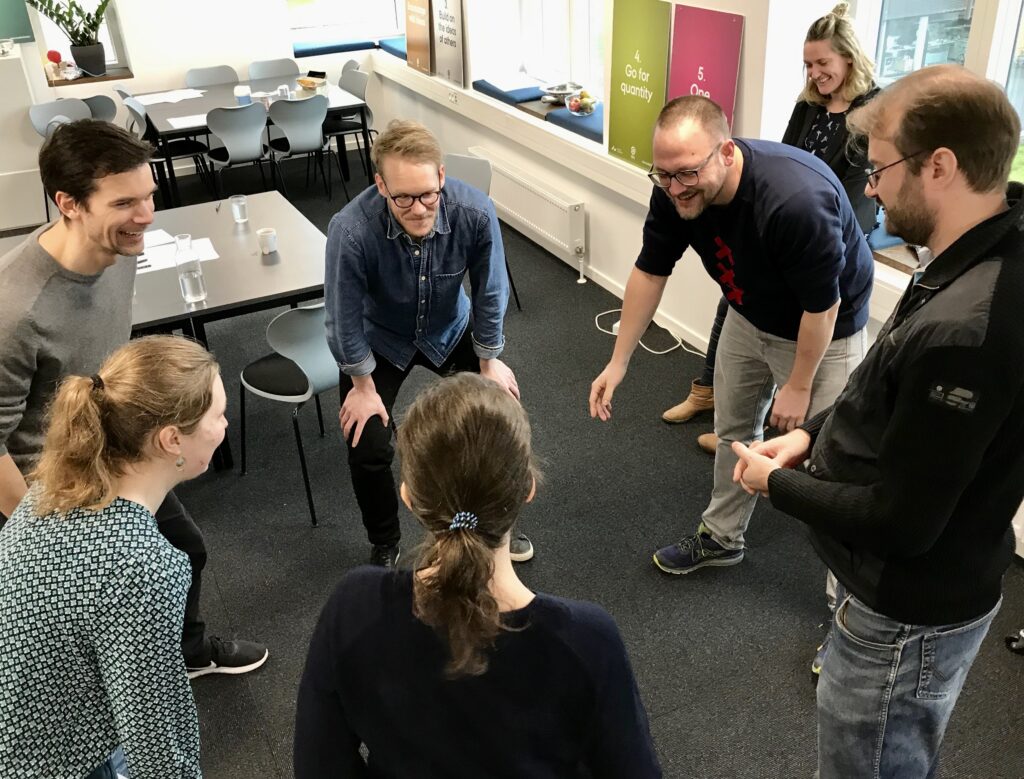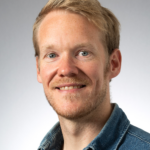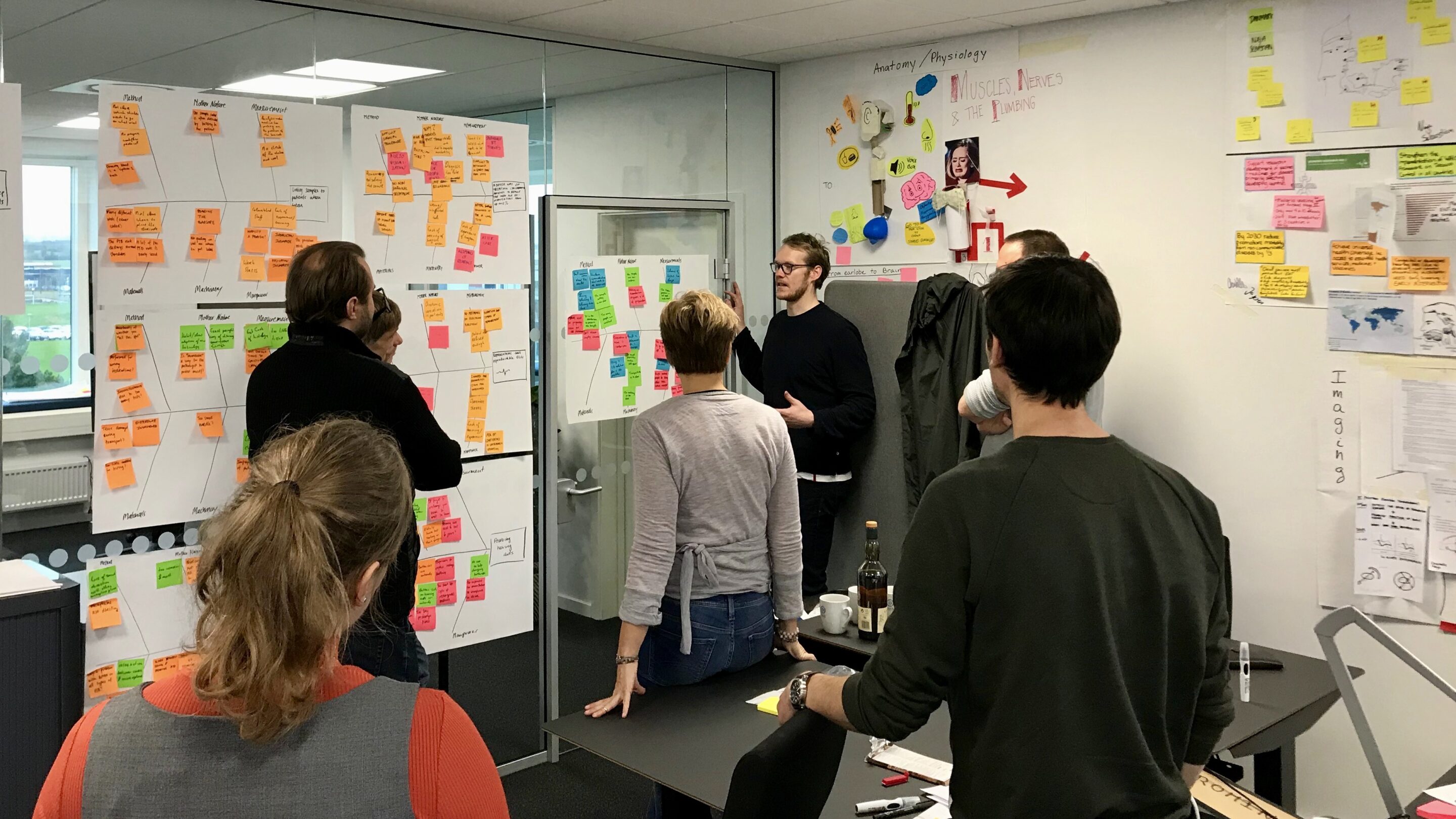
How to treat a need
A doctor’s tale of the need statement journey
Seeing the call for applications back in Nov. 2018, I immediately knew I had to apply for a position in the Biomedical Design Novo Nordisk Foundation Fellowship Program for two reasons.
1) I’m a medical doctor, and prior to joining the fellowship program, I held a specialty position towards becoming a general practitioner. With my future position as a general practitioner, I believe I have the obligation to not only help my patients, but also participate in improving the healthcare system to ensure we can handle the many challenges ahead.
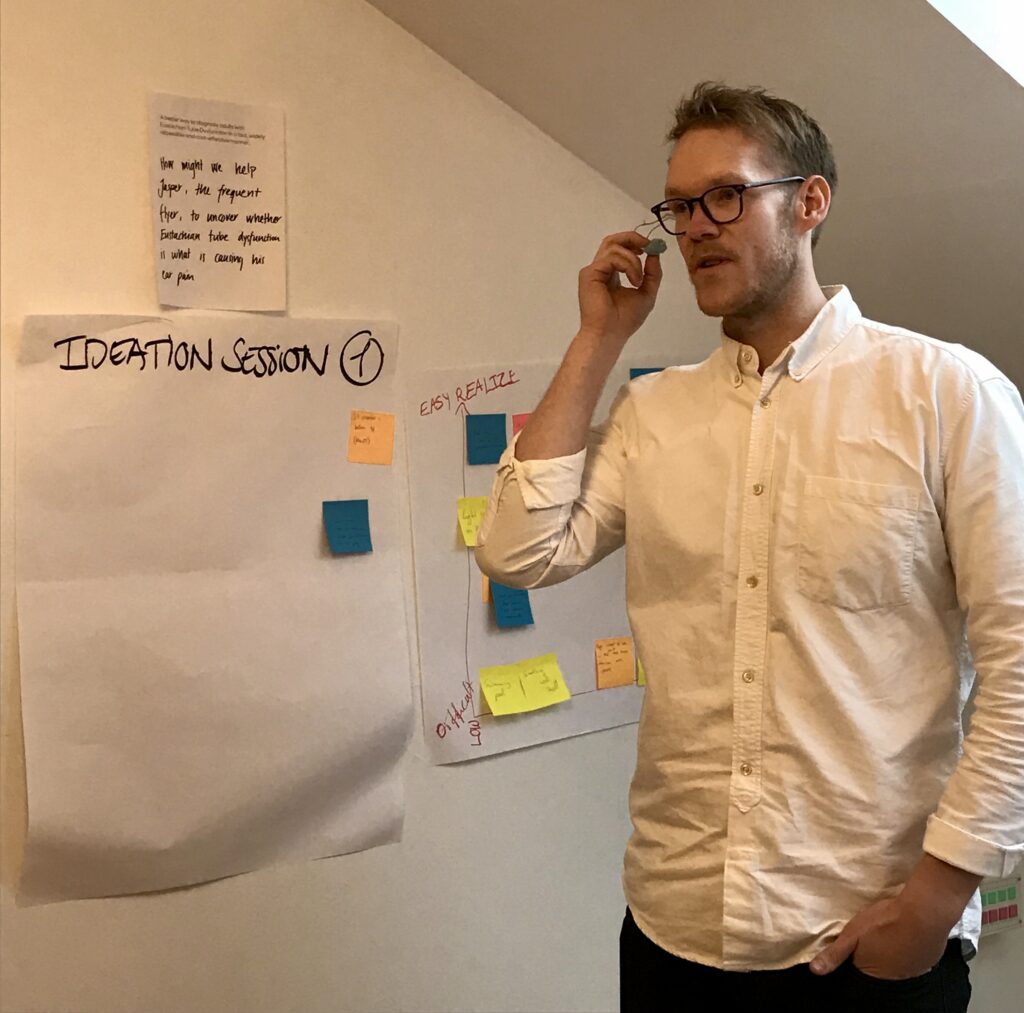
2) Furthermore, I am fortunate to be married to an innovation consultant in the municipality of Aarhus, and she always seemed to have the right questions for challenging my assumptions on the delivery and administration of healthcare.
How to find the needs
The fellowship teaches a needs-led approach to innovation which generally is in opposition to technology led innovation. In needs led innovation, the theory is that any great invention starts with a great and well characterized need. So how do you find these needs? Well you go out and observe.
You too have observed a need
I believe any person who is in contact with the healthcare system has. Just consider waiting times – have you ever complained about waiting in line at your GP? Or experienced that you have a difficulty of getting hold of staff at a hospital?
A need is more than just a need
What characterises a great need however, is not just identifying a problem – it is about investigating the problem, uncovering all aspects of the problem, why isn’t it solved yet, and what would be the outcome if solved and at which price?
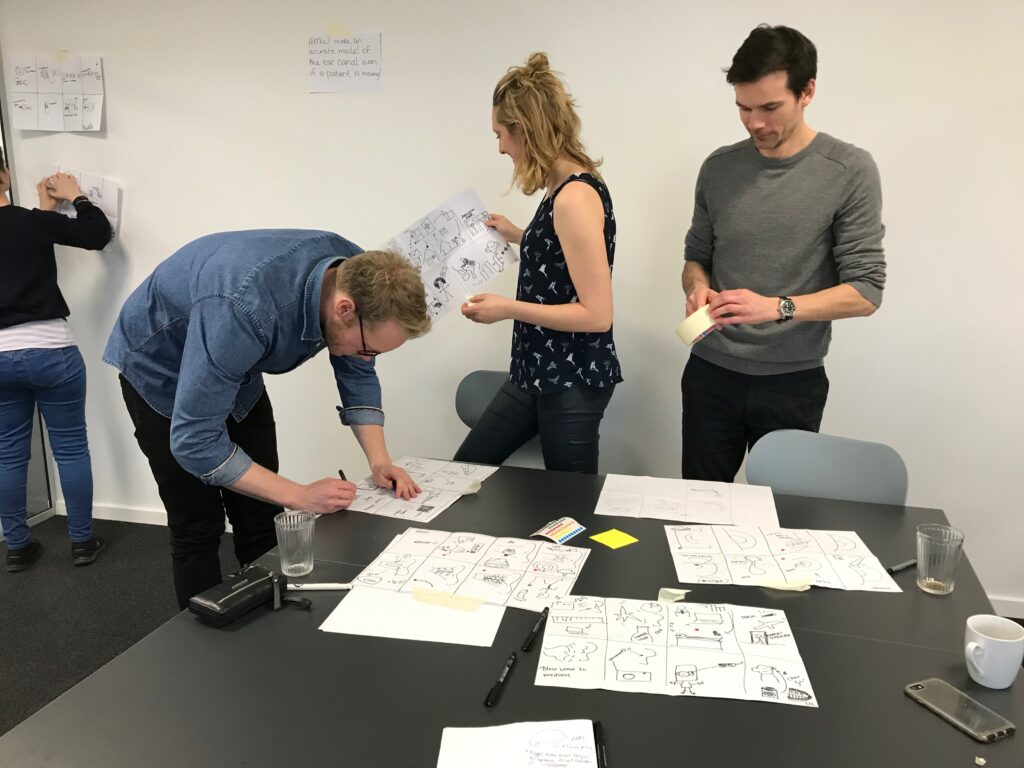
Need, solution and then?
Furthermore, as the fellowship is not only focused on innovation but also on entrepreneurship (great ideas are nothing until they are realised), one must take into account that a solution to a great need holds the potential of a future business. All of these measures must be considered when deciding which needs to pursue.
The Need Specification document
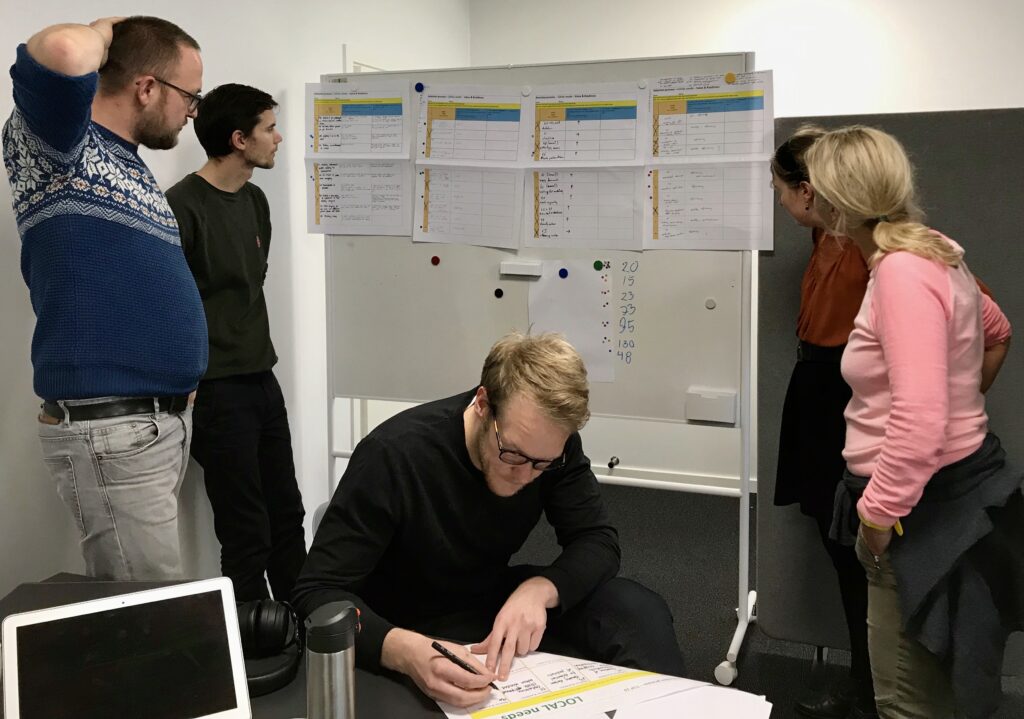
To uncover the aspects of the needs we have identified, each team have made a Need Specification Document (NSD) of our four best needs. A NSD is a 15-20 pages report on a need with a detailed analysis of the background for the need (the medical and organisational fundamentals), an investigation of existing solutions, a stakeholder analysis and a market analysis.
Challenging the needs
Creating such a document has challenged, not only our observed needs (many were dropped during our research and validation), but also the teamwork. When four people are investigating multiple needs, what often happens is that we each have our favourite needs, which we investigate. Consequently it is difficult to maintain the high level of knowledge across all team members, which is needed to craft a NSD.
New needs come to life
Furthermore our team decided to bring forth a new need which had spun out of an existing need, quite late in the process (1 week before deadline). As a consequence we had to speed-investigate, and validate the need and craft a NSD.
Done with the NSD
Crafting the NSD’s has proven to be a greater challenge than I anticipated. It really required the best of all team members abilities and both long and stressful days. Consequently handing in the documents late December which also marked the end of our clinical immersion phase, was a great relief. We are now awaiting feedback on the NSD’s from who we believe are key opinion leaders within the medical fields of our needs, and have entered a new phase of the fellowship; the creative skills phase.
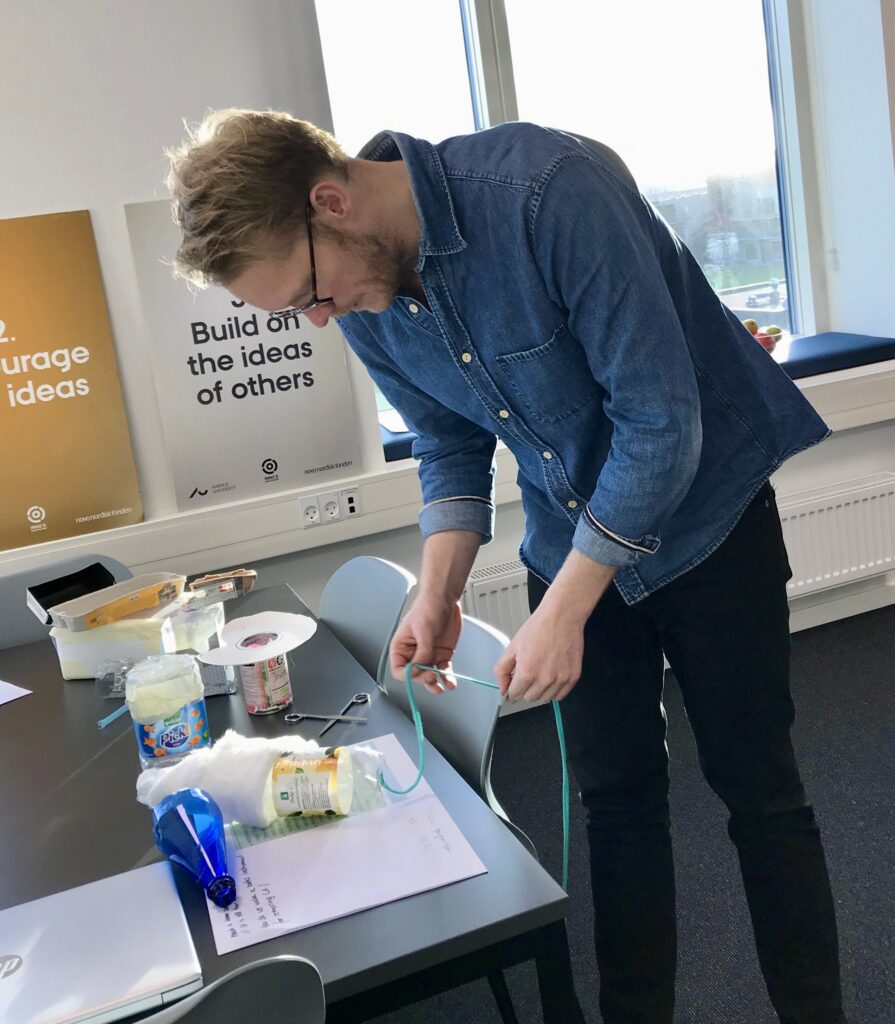
Leaning in to a new phase
Finally we will stop investigating and validating the needs, and begin to ideate solutions. Compound Annual Growth Rates, confidence intervals and root cause analysis have been replaced by drawings, rapid prototyping and an attitude of playfulness and creativity. During our clinical immersion we did our best not to think in solutions, but obviously it was difficult to retain from. However, one week into the creative skills phase it is clear that our creativity is thriving in the new framing, which has been applied to the fellowship.
